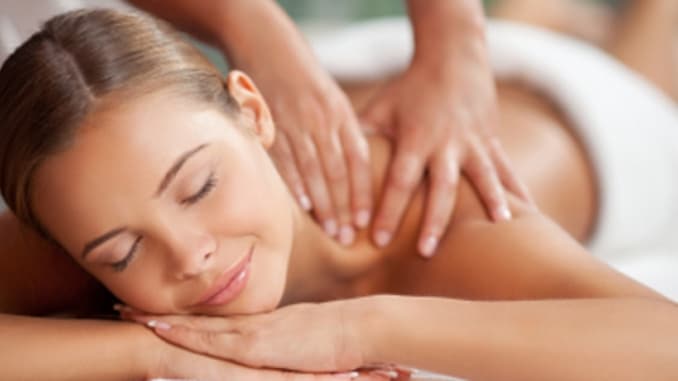Have you ever found yourself sinking into a massage chair after a long day? Instant relaxation, right? There’s a reason for that. Whether it’s the soothing strokes of a Swedish massage or the deeper pressure of a deep tissue session, massages are more than just luxurious—they’re backed by science.
In this post, I’ll explain why back massages feel so good, how it benefits your body and mind, and why you should book it. But here’s the best part: there’s more going on inside your body than just physical relaxation.
Massages trigger positive effects, from emotional relief to pain reduction. Let’s dive into the science and benefits of massage therapy.
What Is Massage Therapy?
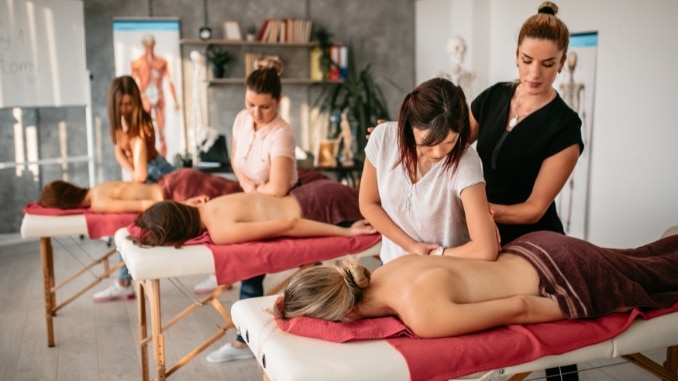
Massage therapy involves how a massage therapist [1] works with soft tissue like muscles, tendons, and ligaments to relieve tension, improve circulation, and promote overall wellness. While it’s often seen as a way to relax and unwind, massage therapy has a long history of supporting physical and mental well-being.
In essence, massage therapy helps your body reset [2]. It can reduce muscle tightness, ease pain, improve flexibility, and even boost the immune system. Types of massage vary, including Swedish massage, deep tissue, sports massage, and more, but they all target specific needs.
Now, let’s dive into the science of why massage feels good. It’s more than just the physical relief you feel.
The Science Behind Why Do Back Massages So Feel Good
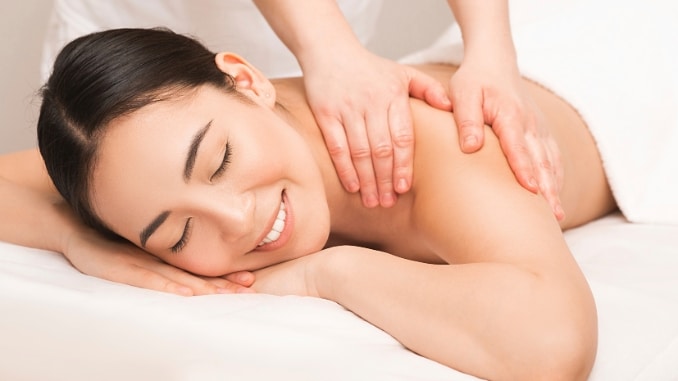
1. Release of Endorphins
When you receive a massage, your body goes through a whole process that stimulates the release of endorphins—those “feel-good” hormones that provide an instant mood boost. Endorphins are your body’s natural painkillers, promoting happiness and stress relief.
But that’s just the beginning. Oxytocin, known as the “love hormone,” also plays a role. Released during a massage, oxytocin helps you feel emotionally calm, relaxed, and secure. This combination of endorphins and oxytocin perfectly balances physical relaxation and emotional well-being.
Moreover, when your body experiences massage, it triggers your somatosensory cortex. This area of the brain processes touch and sensation. When massage stimulates this area, your brain interprets the experience as pleasurable, and you feel a deep sense of relief. It’s like your whole body is getting a big “thank you” from your brain!
2. How Massage Affects the Brain’s Reward Centers
Massage therapy doesn’t just relieve muscle tension and activate the brain’s reward centers; it also feels good emotionally. The central nervous system plays a key role in this process, with the orbitofrontal cortex involved in decision-making, reward, and emotional responses. When you receive a massage, the orbitofrontal cortex gets activated, making you feel safe, comforted, and relaxed.
This reward system isn’t just about physical touch—it’s emotional, too. Think about how comforting it feels when someone hugs or holds your hand. Massage operates similarly, tapping into this emotional center and making the experience even more fulfilling.
3. Emotional Healing Through Touch
One of the fascinating aspects of massage is how it supports emotional healing. Touch is a basic human need, and when done therapeutically, it can help ease feelings of anxiety, sadness, or loneliness. This emotional connection is why massage isn’t just about relaxing your muscles but nurturing your well-being.
4. Physical Benefits of Massage
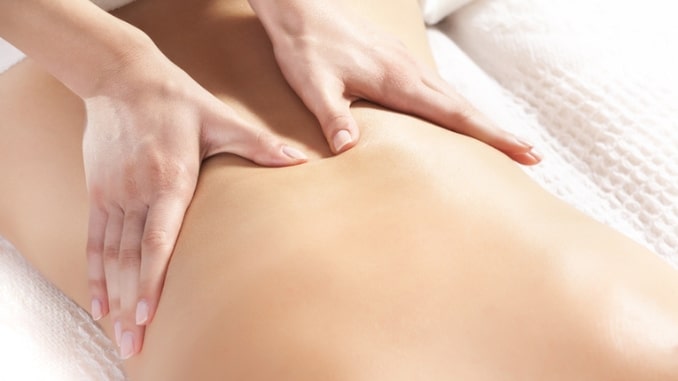
Massage offers an abundance of physical benefits that go beyond relaxation. For one, it reduces muscle tension. Whether sitting at a desk all day or pushing your limits at the gym, a massage can help release tight muscles and improve flexibility.
Massage enhances circulation, which is crucial for transporting oxygen and nutrients to muscles and tissues. This is especially important after intense physical activity, as increased blood flow promotes muscle recovery.
A study from McMaster University [4] showed that massage can reduce inflammation and improve recovery times after exercise.
Another surprising benefit of massage is that it promotes healthier cells. Improved blood and lymph circulation means your body can more effectively flush out waste products and bring in essential nutrients, promoting the healing of cells and tissues.
5. Massage as a Performance Booster
Massage isn’t just for relaxation or recovery—it’s also a performance booster. Regular massage can improve your athletic performance by increasing your range of motion and reducing muscle soreness. If you’re looking to take your workout to the next level, incorporating regular massage into your routine can give you an edge, whether you’re an athlete or a weekend warrior.
Massage for Stress and Emotional Relief
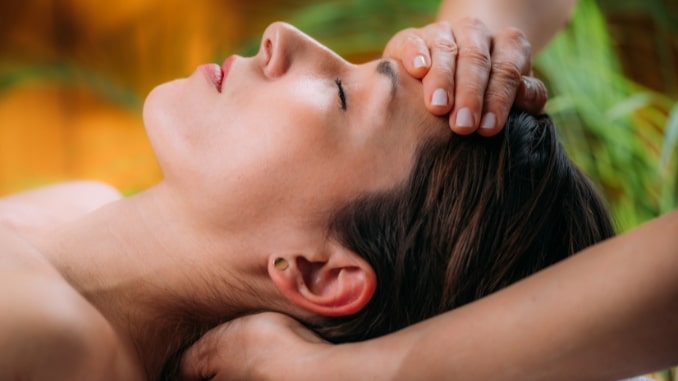
We all know how stress can affect our bodies. From tight shoulders to headaches, it can take a toll. But did you know that back massages are one of the best ways to reduce stress and make you feel so good? It’s true! Massages help lower the stress hormone cortisol, the hormone responsible for stress, which leaves you feeling relaxed and recharged.
But massage is not just about lowering stress hormones. It also boosts serotonin levels, the “feel-good” neurotransmitter. This combination helps to create emotional balance, reduce anxiety, and improve mood. Put, massage helps you mentally unwind as much as it allows you physically.
Different Types of Massages and Their Benefits
Not all massages are the same, and each type serves a unique purpose. Let’s break down the different kinds:
- Swedish Massage: Known for its gentle strokes, this technique promotes relaxation and reduces stress.
- Deep Tissue Massage: Targets the deeper layers of muscle tissue, ideal for chronic pain or muscle stiffness.
- Sports Massage: Designed for athletes, this technique focuses on muscle groups used during physical activity, preventing injuries and improving performance.
- Trigger Point Massage: Focuses on muscle knots, often caused by stress or injury, and helps relieve pain and tension.
These techniques can help address specific concerns, from stress relief to injury recovery.
Why Massage Relieves Pain

Massage works wonders for pain relief, and here’s how: when muscles are tight or inflamed, the body’s C-fibres send pain signals to the brain. But massage activates A-beta fibres, which block these pain signals, interrupting discomfort.
In addition, increased blood flow from massage helps flush out toxins and delivers much-needed nutrients to sore muscles. It’s like giving your body a little detox while relieving pain.
Massage and Chronic Pain
Chronic pain sufferers often turn to massage as a natural way to manage discomfort. Studies show that massage can alleviate conditions like arthritis, fibromyalgia, and sciatica by relaxing muscles, increasing blood flow, and reducing inflammation.
It offers a much-needed alternative to medications, with long-term benefits for those struggling with ongoing pain.
Are There Any Risks or Side Effects?
While massage is generally safe [3], some risks must be mindful of. Temporary soreness is common, especially with deep tissue massages. It’s your body adjusting to the physical manipulation and release of tension.
Also, you should consult your massage therapist beforehand if you have any existing medical conditions like blood clots. Specific techniques might not be suitable, and it’s always a good idea to ensure you’re getting a personalized massage session that addresses your unique needs.
Conclusion: Why Back Massage Feel So Good and Its Lasting Impact
So, why does back massages feel so good? It combines physical relaxation, emotional relief, and neurochemical rewards. Massages trigger the release of endorphins, soothe muscles, and help you feel emotionally balanced.
The next time you book a massage, you’ll know it’s more than just a luxury—a treatment with real physical and emotional benefits. It helps your body recover, reduces stress, and leaves you feeling like you’ve hit the reset button.
If you are looking for a workout routine that will help you speed up recovery, reach your fitness goals faster and hit your peak rapidly, then check out the Recovery Workouts program here!
Why are massages so pleasurable?
Massages relax muscles, improve circulation, and release endorphins, which promote relaxation and euphoria.
Why do massages feel better when someone else does it?
Having someone else massage you activates the parasympathetic nervous system and releases Beta waves, helping you deeply relax.
What body part feels the best during a massage?
The shoulders, neck, and lower back often feel the best since they carry the most tension.
Why do I feel tighter after a massage?
It’s normal to feel sore after a massage due to delayed onset muscle soreness (DOMS), as your muscles adjust and heal.

